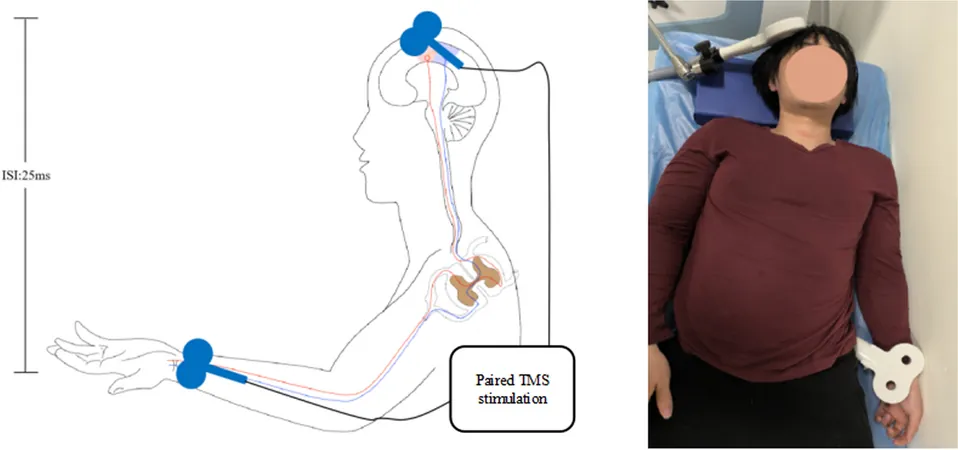
Singapore's Labor Market Soars in Q2, Driven by Non-Residents: A Glimpse into the Future!
2024-09-17
Singapore's Labor Market Soars in Q2, Driven by Non-Residents: A Glimpse into the Future!
**SINGAPORE:** Singapore's labor market showcased robust growth in the second quarter of 2024, with an astonishing surge coming exclusively from non-residents. Latest statistics reveal that total employment increased dramatically by 11,300 in Q2, a notable jump compared to a mere 4,700 in the first quarter, as reported by the Ministry of Manpower (MOM).
While the country's resident employment took a slight dip, decreasing by 600, the increase in non-resident employment—primarily driven by work permit holders in sectors like construction and manufacturing—outpaced any declines, growing by 12,000 in just three months. This trend hints at a significant shift in Singapore's workforce dynamics, as non-residents now account for all employment growth during the quarter.
What’s Behind the Numbers?
In the first half of 2024, total employment in Singapore rose by 16,000, reflecting a complex interplay of resident and non-resident employment changes. Although seasonal factors led to a reduction in resident roles, particularly within retail and administrative support services, there were notable gains in key sectors such as finance, information technology, and professional services. Experts expect these sectors, alongside major events like the Formula 1 Singapore Grand Prix, to provide a much-needed lift in resident employment as the year unfolds.
The Future of Resident Employment: Challenges Ahead?
According to Dr. Tan See Leng, Singapore’s Manpower Minister, the long-term growth rate for resident employment is projected to slow as the country has reached a "very high" labor force participation rate of 68.6%. Comparatively, this rate is one of the highest globally, trailing only behind a handful of OECD countries.
Dr. Tan stressed the importance of continuing to attract foreign talent and investments, indicating that these elements are crucial to complementing the resident workforce. A study by MOM underscores that foreign-owned enterprises constitute around 20% of businesses in Singapore and employ nearly one-third of the local labor force, predominantly in high-paying jobs that vastly benefit the economy.
Employment Statistics: A Closer Look
Despite the positive trends, there was a noted decline in the number of S Pass and Employment Pass (EP) holders, with companies adjusting their workforce in line with regulatory changes aimed at enhancing the quality of foreign talent. However, workers with EPs increased in sectors such as administration and wholesale trade, suggesting an overall shift in demand for higher-skilled foreign labor.
Furthermore, the labor market remains competitive, with 81,200 job vacancies available as of June—significantly outnumbering the unemployed, which led to a favorable ratio of 1.67 vacancies for every job seeker. The unemployment rate saw a slight uptick with an overall figure of 2.0%, yet the long-term unemployment rate for residents remained low at 0.8%.
Looking Ahead: What Can We Expect?
As the economic landscape continues to improve, predictions suggest an impending rebound of higher-skilled foreign workers in the medium term, contingent upon favorable macroeconomic conditions. The MOM also noted a rise in retrenchments, increasing from 3,030 in Q1 to 3,270 in Q2. However, these figures remain low across the board.
Interestingly, the re-entry rate for residents into the job market post-retrenchment has decreased, but historical data indicates that over 70% of such workers find new employment within a year. Experts believe that while the immediate labor market may experience fluctuations, the overall momentum looks promising, suggesting that Singapore remains on track for sustained economic growth.
Stay tuned as we monitor further developments in Singapore’s dynamic labor landscape! Which sectors do you think will rise next? Leave your thoughts below!



 Brasil (PT)
Brasil (PT)
 Canada (EN)
Canada (EN)
 Chile (ES)
Chile (ES)
 España (ES)
España (ES)
 France (FR)
France (FR)
 Hong Kong (EN)
Hong Kong (EN)
 Italia (IT)
Italia (IT)
 日本 (JA)
日本 (JA)
 Magyarország (HU)
Magyarország (HU)
 Norge (NO)
Norge (NO)
 Polska (PL)
Polska (PL)
 Schweiz (DE)
Schweiz (DE)
 Singapore (EN)
Singapore (EN)
 Sverige (SV)
Sverige (SV)
 Suomi (FI)
Suomi (FI)
 Türkiye (TR)
Türkiye (TR)